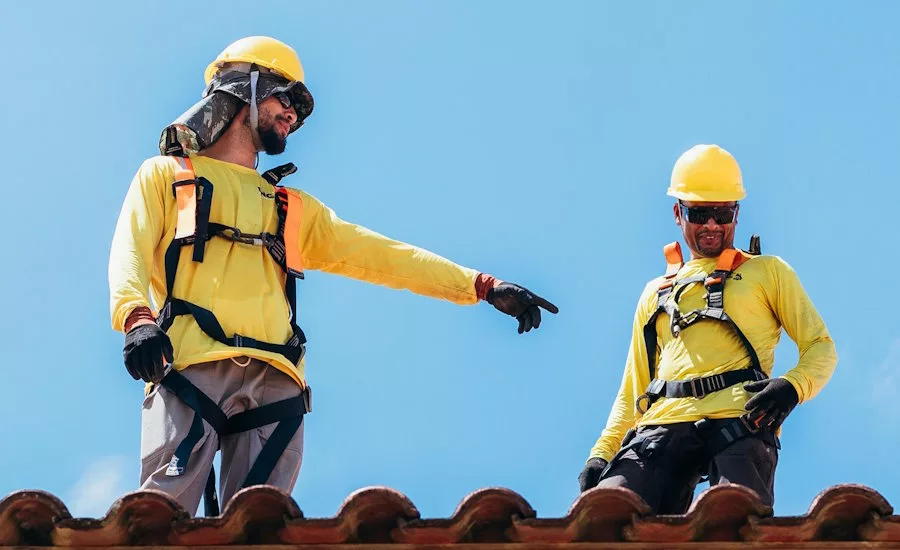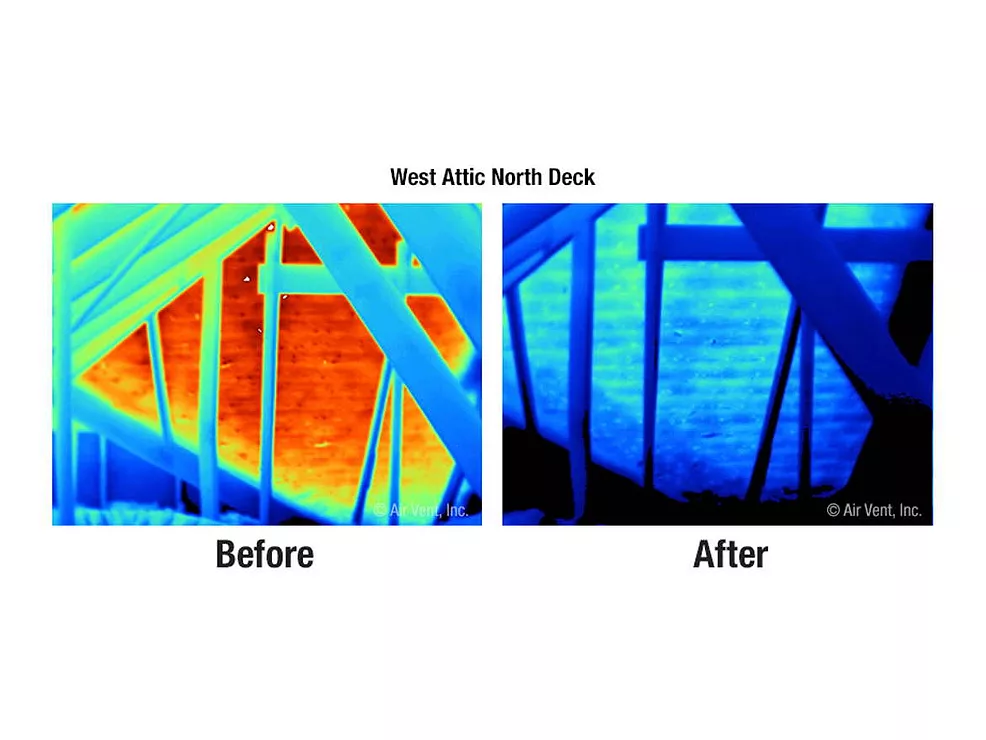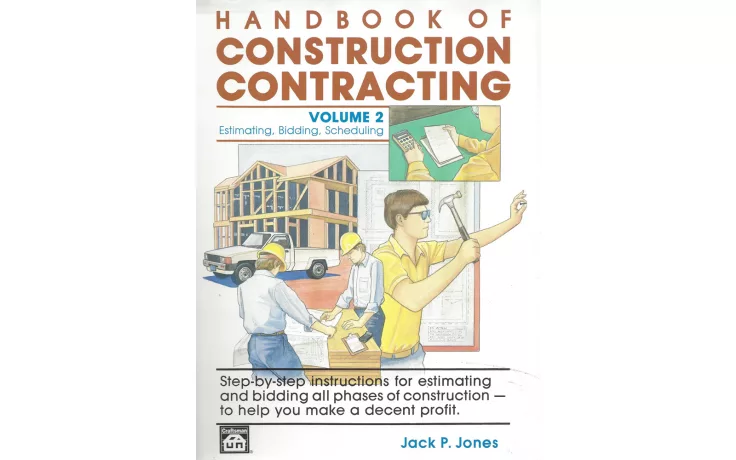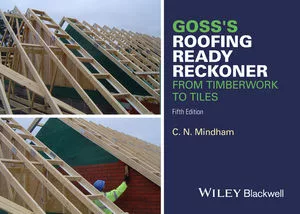Insulation Update
Recommended Work Practices
The safe handling and use of insulation materials is the top priority for the Health and Safety Partnership Program (HSPP), an initiative that incorporates education and training for the installation, fabrication and manufacture of synthetic vitreous fibers (SVFs) — fiberglass, rock wool and slag wool.The North American Insulation Manufacturers Association is implementing a comprehensive, voluntary work practice partnership with the U.S. Occupational Safety and Health Administration. Working with the industry, trade associations and labor, NAIMA has consolidated the industry’s existing work practices into recommendations that have been endorsed by OSHA for the HSPP.
Minimize Dust Generation
- Keep the material in its packaging as long as practical and if possible.
- Tools that generate the least amount of dust should be used. If power tools are to be used, they should be equipped with appropriate dust-collection systems as necessary.
- Keep work areas clean and free of scrap insulation materials.
- Do not use compressed air for cleanup unless there is no other effective method. If compressed air must be used, proper procedures and control measures must be implemented. Other workers in the immediate area must be removed or similarly protected.
- Where repair or maintenance of equipment that is either insulated with SVF or covered with settled SVF dust is necessary, clean the equipment (where possible) or wipe the surface clean with a wet rag to remove excess dust and loose fibers.
- Avoid unnecessary handling of scrap materials by placing them in waste disposal containers, and keep equipment as close to working areas as possible to prevent the release of fibers.
Adequate Ventilation
- Unless other proper procedures and control measures have been implemented, dust-collection systems should be used in fabrication and manufacturing settings where appropriate and feasible.
- Exhausted air containing SVFs should be filtered prior to recirculation into interior workspaces.
- If ventilation systems are used to capture SVFs, they should be regularly checked and maintained.
Appropriate Clothing
- Loose fitting, long-sleeved and long-legged clothing is recommended to prevent irritation. A head cover also is recommended, especially when working with materials overhead. Gloves also are recommended. Skin irritation cannot occur if there is no contact with the skin. Do not tape sleeves or pants at wrists or ankles.
- Remove SVF dust from the work clothes before leaving work to reduce potential for skin irritation.
Personal Protective Equipment
- To minimize upper respiratory tract irritation, measures should be taken to control the exposure. This may include appropriate respiratory protective equipment. Consult the OSHA respiratory protection standard.
- When appropriate, eye protection should be worn whenever SVF products are being handled.
Removal from Skin and Eyes
- If fibers accumulate on the skin, do not rub or scratch. Never remove fibers from the skin by blowing with compressed air.
- If fibers are seen penetrating the skin, they may be removed by applying and then removing adhesive tape so that the fibers adhere to the tape and are pulled out of the skin.
- SVFs may be deposited in the eye. If this should happen, do not rub the eyes. Flush them with water or eyewash solution (if available). Consult a physician if the irritation persists.
For Specific Applications
Attic Blow-in
- The installer blowing insulation in the attic must always wear a NIOSH-certified dust respirator (certified N95 or greater). See OSHA’s respiratory protection standard.
- No workers, unless they are wearing a NIOSH-certified dust respirator, should be permitted in the attic during or immediately after the SVF application.
- The blower should not use a bare hand to direct the insulation stream as it emerges from the blowing hose. A gloved hand or deflector should be used instead.
Cavity Fill Insulation
- The blower in this operation must always wear a NIOSH-approved respirator (N95 or greater).
- Other exposed workers who are in the immediate area when SVFs are being applied to a cavity should wear a NIOSH-approved respirator.
Batts, Blankets and Rolls
Where possible, avoid tearing or ripping the product by hand. The materials should be cut with a sharp knife. Workers installing batts overhead should wear appropriate personal protection equipment.
Prefabricated Products
When installing pipe, board or other fabricated products in locations where power sawing, routing, grinding, sanding or any other operation generates dust, local exhaust ventilation should be used.
Ceiling Tiles
- Cut or trim ceiling tile with a razor knife or a keyhole saw. Operations such as power cutting, power kerfing or using compressed air to remove dust are not recommended. The use of power tools with a dust-collection system to cut ceiling tiles is acceptable.
- Surfaces where SVF dust collects should be appropriately cleaned.
- Workers should wear appropriate eye and head personal protection.
Spray-applied Fireproofing
- Practice good housekeeping procedures.
- When the PEL of 1 f/cc on an 8-hour TWA is exceeded, use a NIOSH-certified respirator.
- When spraying mineral-fiber fireproofing, wear appropriate personal protection equipment.
Removal Work Practices
The following recommended work practices are applicable for workers removing SVF products during significant repair or demolition activity. Additional precautions may be required if workers are also exposed to other products or substances. In such circumstances, more stringent recommendations may apply to those products.
- Workers should wear a NIOSH-certified dust respirator when removing SVF products as described above.
- Practice good housekeeping procedures.
- Where appropriate (i.e., in situations where an appreciable amount of dust is generated), dust-collection systems may reduce the exposure to dust. If a collection system is used, follow the recommended work practices for ventilation.
- Follow recommended work practices for selecting work clothing and appropriate personal protective equipment to be used during removal activity.
- Use a light water mist on the SVFs to minimize airborne dust during product removal and disposal.
Looking for a reprint of this article?
From high-res PDFs to custom plaques, order your copy today!





